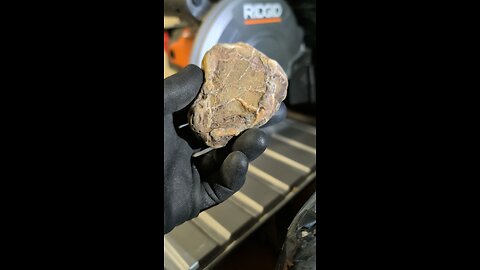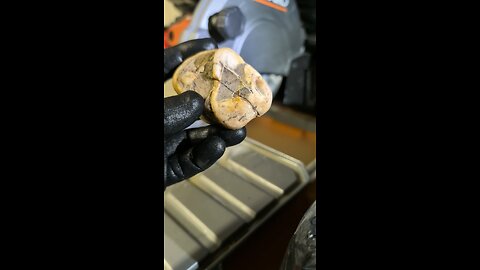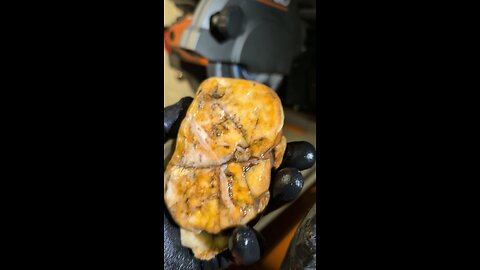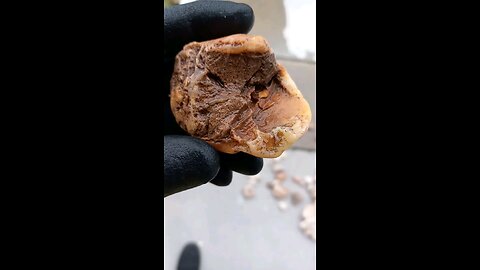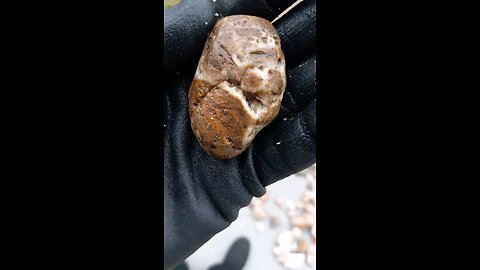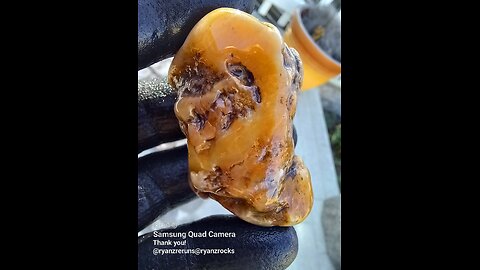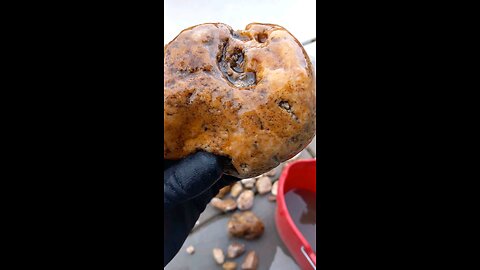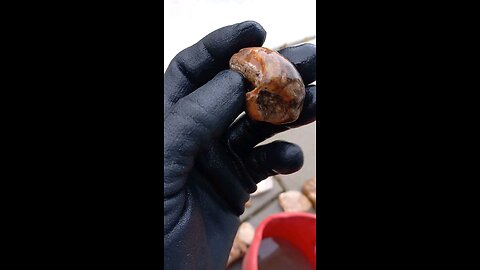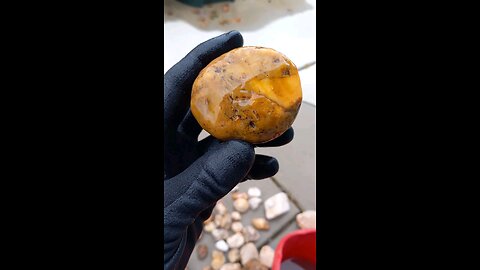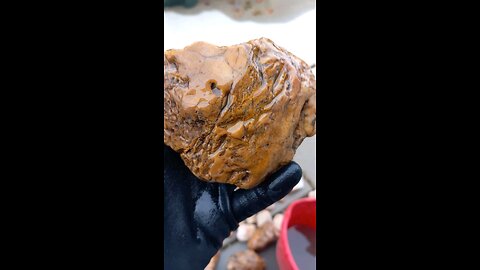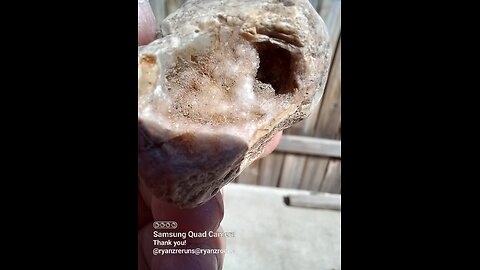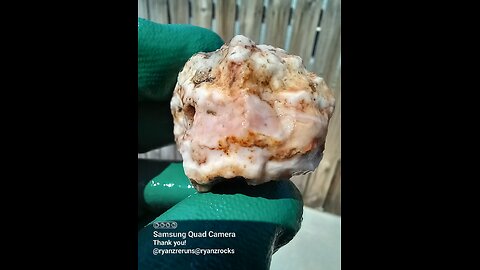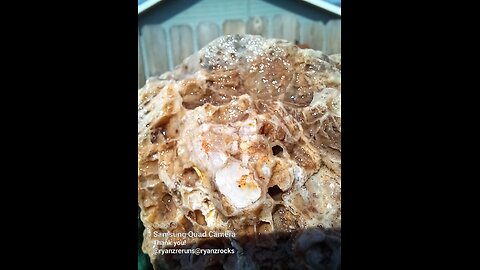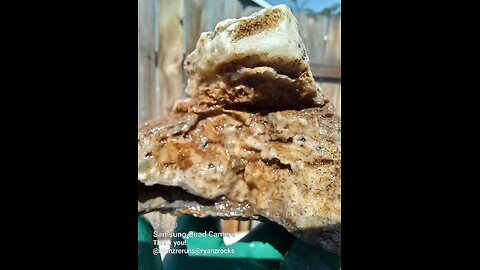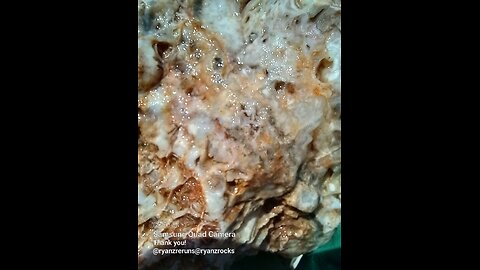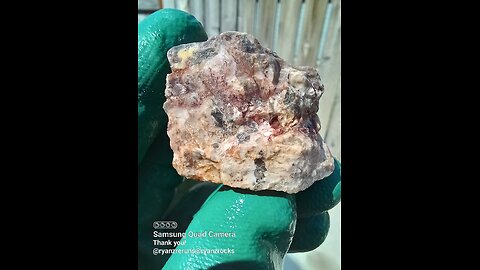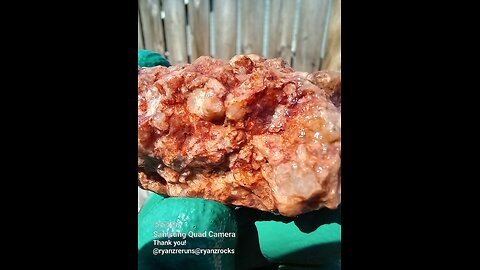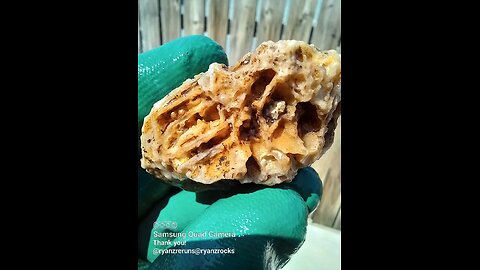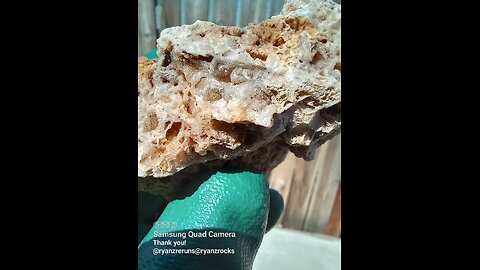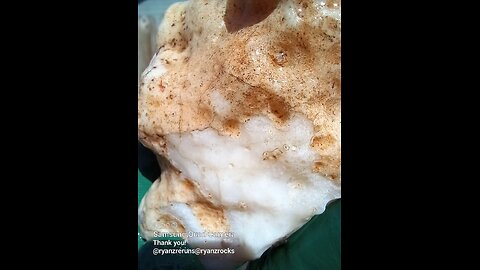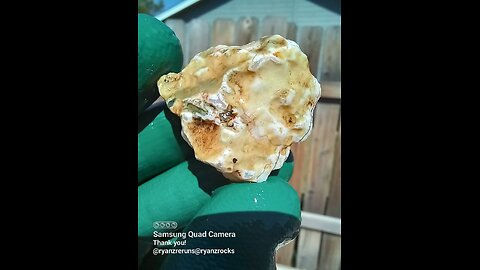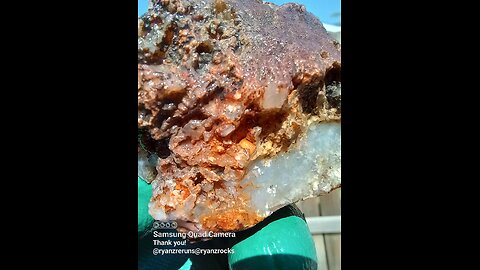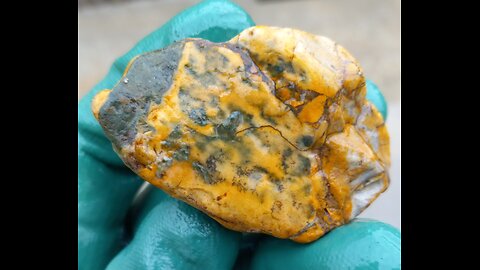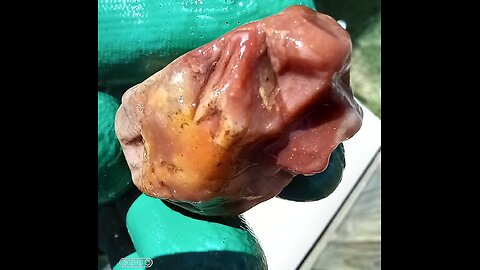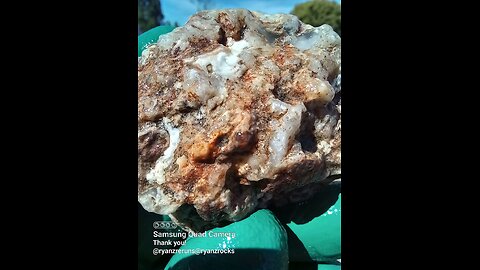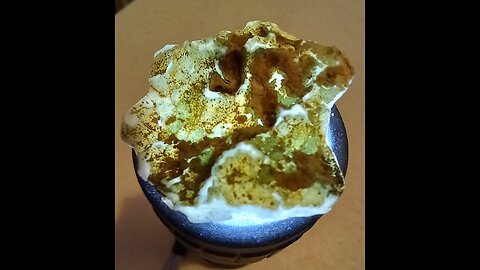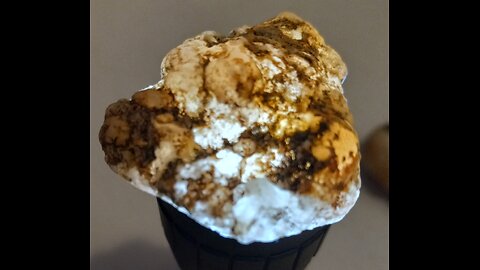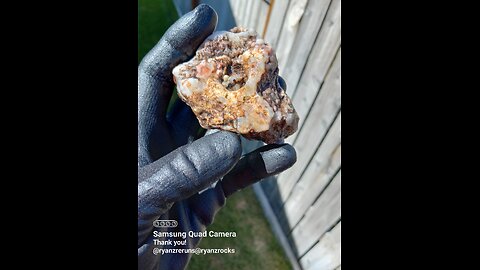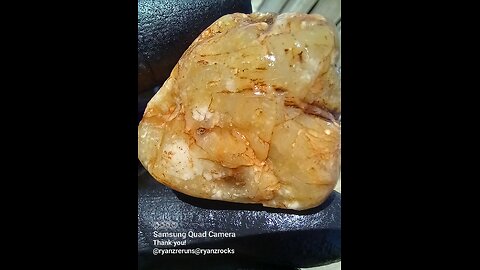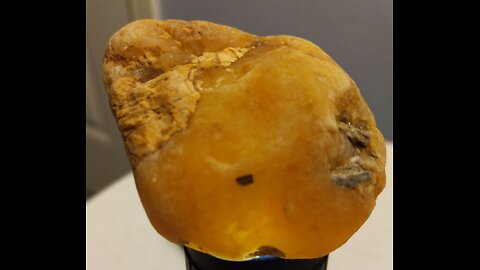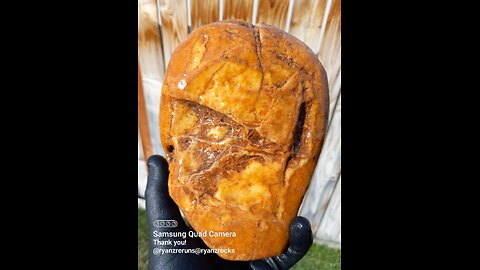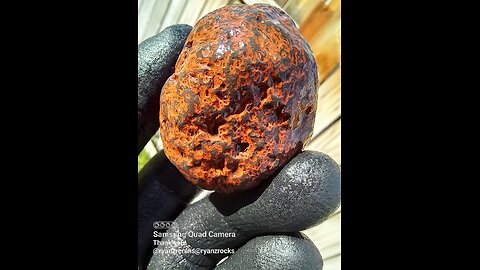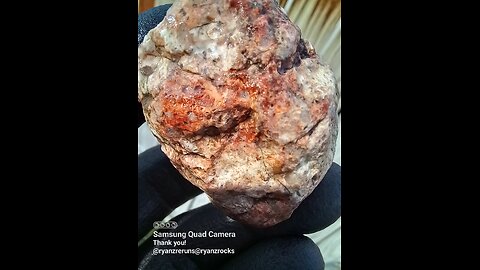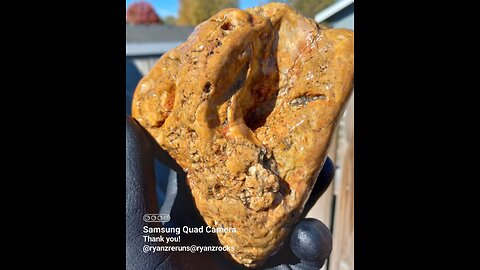Premium Only Content

Love the tiny green inside!
Bout' lost a finger on this one!
Big nodule cut!
Broken nodule!
Nodule with crystals!
Carmel Chalcedony Nugget!
Cool Nodule!
Now that's a big gash!
Some botryoidal goins' on!
One 4 cuttin'!
This one got a swirley!
Love the Green!
Spud!
Mish Mash of Agate!
Agate nodule!
Botryoidal chalcedony!
Got a little cave in it!
Smooth Shard!
Purdy Agate Nodule!
Glow Shard!
Nice Glow!
Did you catch the silver flakes?
Bright Orange Jasper Nodule!
Jasper Nodule?
Hot Mess!
Agate Nodule!
Agate Nodule!
Chalcedony Nodule!
Pretty Yellow Glow Nodule!
Big ol' nodule!
Nodule w/ reds!
Pretty red agates nodule!
Another nodule with reds!
Agate Nodule!
Nodule with crystals!
A nodule in geological terms refers to a small, irregularly rounded mass of a mineral or mineral aggregate that has a contrasting composition from the host rock in which it is found. Here are some characteristics and types of nodules:
Composition: Nodules can be composed of various minerals. Common examples include:
Concretions: Often made of minerals like calcium carbonate, iron oxide, or silica. They form by the precipitation of minerals around a nucleus (like a shell, bone, or other debris).
Chert Nodules: These are primarily made of microcrystalline quartz, silica, or opal, often found in limestone or chalk.
Manganese Nodules: Found on the ocean floor, these are rich in manganese and other metals like iron, nickel, copper, and cobalt.
Phosphorite Nodules: These contain high amounts of phosphate minerals, often found in marine sediments.
Formation:
Nodules generally form through diagenesis, the process where sediments are compacted and cemented into rock. The minerals precipitate out of solution around a nucleus, growing over time.
They can also form due to chemical reactions in the sediment or rock, often under conditions where there is a change in the chemistry of the surrounding environment.
Appearance: Nodules are typically hard, with a more or less spherical or elliptical shape, but they can be quite irregular. They often have a smooth surface and might be colored differently from the surrounding rock due to their different mineral composition.
Geological Context: Nodules can occur in various rock types, including sedimentary rocks like limestone, shale, and sandstone. They are particularly common in marine deposits where conditions are favorable for the precipitation of minerals.
When discussing nodules, it's important to specify the type because "nodule" is more a description of form and occurrence rather than a specific rock or mineral type. If you have a specific nodule in mind or find one, examining its composition and the context in which it's found will help in identifying what kind of nodule it is.
-
 1:14:58
1:14:58
vivafrei
5 hours agoHe Was There! Charlie Kirk Assassination Analysis & Conspiracy Debunking w/ Andrew Piskadlo!
59.2K36 -
 1:05:57
1:05:57
Russell Brand
4 hours agoPfizer Agrees $70 Million Deal With Trump As Study Links Covid Vax to CANCER!! - SF644
87.9K66 -
 48:25
48:25
JULIE GREEN MINISTRIES
2 hours agoLIVE WITH JULE, ERIC TRUMP AND CLAY CLARK
29.8K65 -
 1:04:57
1:04:57
The Quartering
4 hours agoTrump Tricks Democrats Again, Cheerleader Monster, Abortion Clinics Shutdown & More
83.9K23 -
 7:59
7:59
Dr. Nick Zyrowski
1 year agoHow Much Vitamin D Should I Take
9.19K2 -
 1:23:00
1:23:00
Brandon Gentile
1 day agoJames Lavish: The Red Flag Event Sends Us To $1M Bitcoin & $20K Gold
6.83K -
 1:23:46
1:23:46
Sean Unpaved
4 hours agoOctober Blitz: Wild Card Game 3s, CFB Coaching Chaos, & TNF Fireworks
41.3K4 -
 1:01:36
1:01:36
Dear America
4 hours agoEpisode 2 Graham Allen Show
71.7K52 -
 1:59:01
1:59:01
The Charlie Kirk Show
5 hours agoCancel Netflix? + The Secret Service Disaster + Turning Point Everywhere | Tatum, Cocca, Gaffrey
125K54 -
 3:18:24
3:18:24
ahdedazs
3 hours ago $1.54 earnedBlack Ops 7 EARLY ACCESS BETA! First Stream on RUMBLE!
34.1K2
